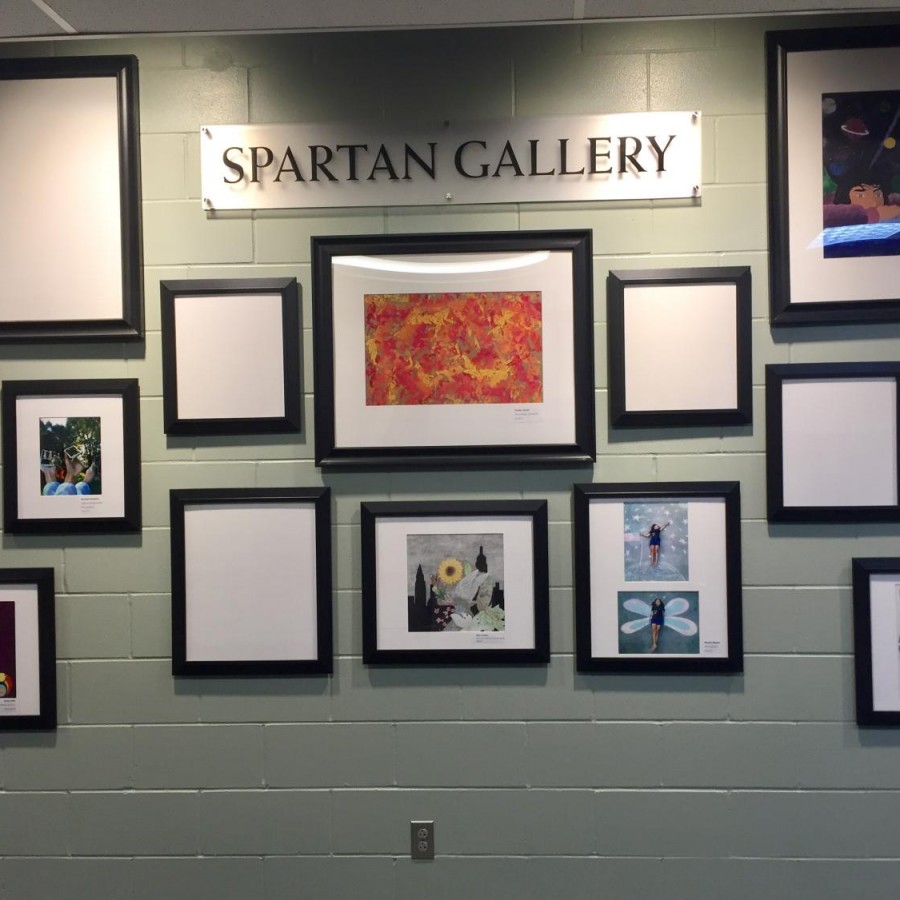Paintings are truly magnificent, capturing a moment in time or expressing emotions. It is no secret that some sell for unbelievable prices, making them targets for criminals, who attempt to counterfeit or rob the valuable pieces of art.
The unfortunate event of discovering counterfeit paintings happened in a small museum in Elne, a village in the South of France, dedicated to the works of the locally born French painter Étienne Terrus.
Elne’s mayor, Yves Barniol, told TV France 3 that an investigation into the paintings was first launched in September, after art historian Eric Forcada, who was working as a guest curator at the museum, raised doubts about the authenticity of the museum’s art, which had recently acquired around 80 paintings.
Following the query, Barnoil called upon a panel of experts in the hope to prove Forcada wrong, but soon, the majority of paintings held in the collection were declared fakes, precisely 82 out of the 140 pieces exhibited. “It really hurts a lot of unknown artists,” commented junior Jei Valle-Riestra, ”of whom there are so many that don’t get the recognition they deserve, and that’s truly heartbreaking.”
Farcada later explained what raised his suspicion toward the museum’s art. He described noticing discrepancies in the paintings’ style, among which were buildings that had been constructed in the late 1950s, a good 30 years after his death in 1922. He also noted inconsistencies in the materials used, adding that a slight touch of a glove on one canvas, was enough, to wipe of the ink signature, revealing a different artists signature below.
So far, authorities have taken necessary steps to identify the origin of the counterfeit artwork, which Farcada thinks to be a step in the right direction, although one question remained uncertain. “Today, we ask ourselves the question: as art historians, how will we determine fakes in the future?” stated Farcada. “This Terrus affair allows us to clean up some of this market.”









